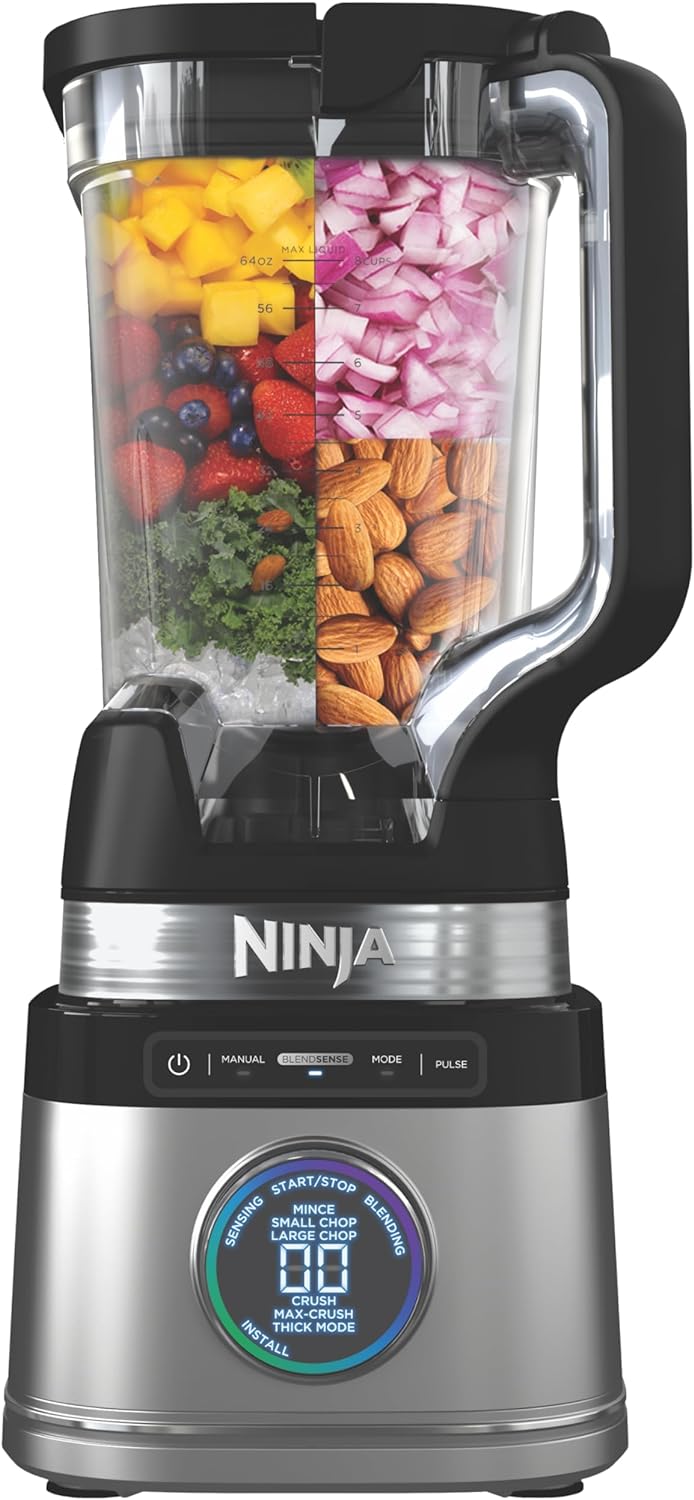
Introduction:
A Ninja blender that stops working can be frustrating, especially if you rely on it for daily meal preparation. However, not all issues require professional repair. Many common problems have simple solutions that you can troubleshoot at home. This comprehensive guide will cover possible reasons your Ninja blender may have stopped working, steps to diagnose the issue, and potential fixes.
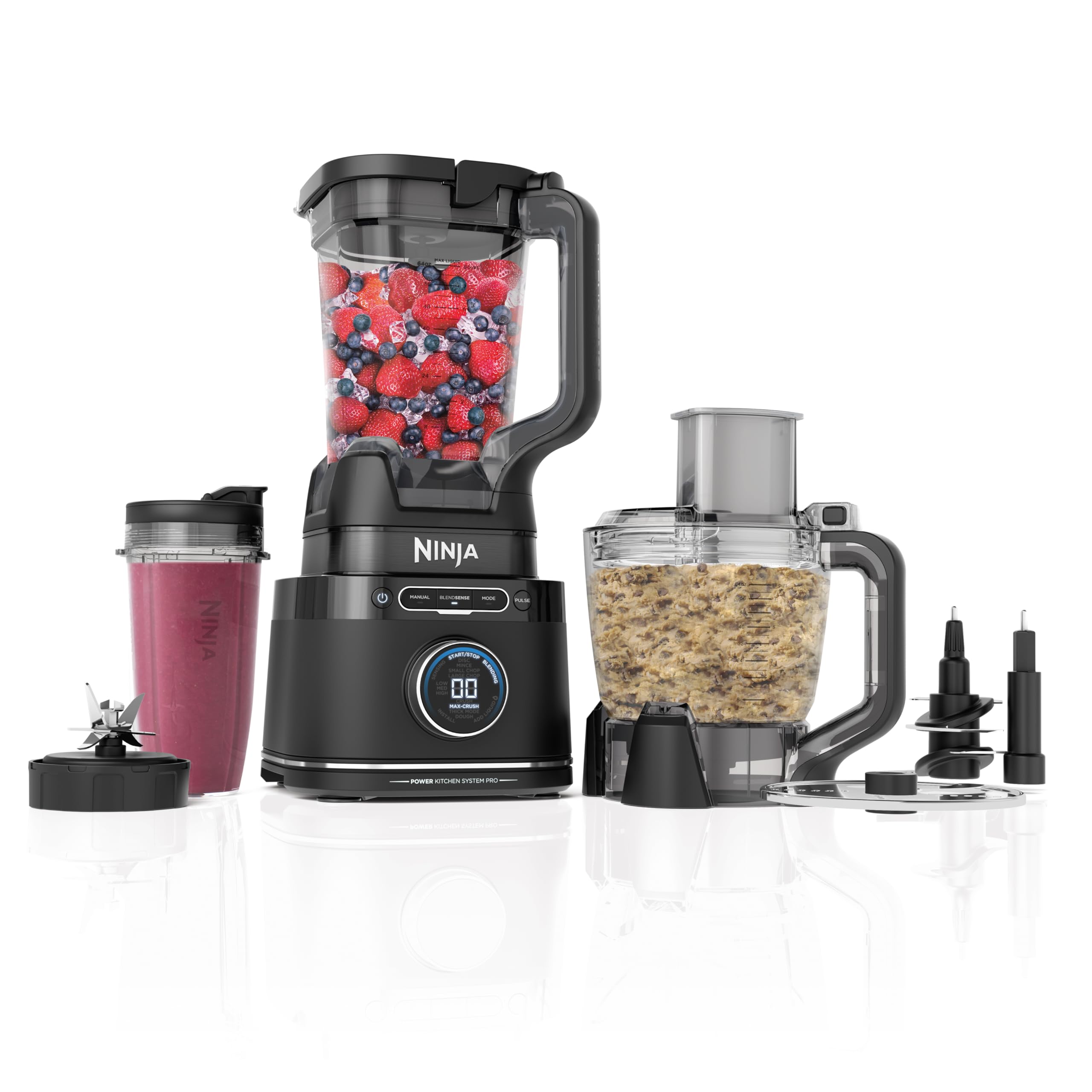
Ninja Blender Stopped Working:
What Can You Do to Fix It?
Initial Checks:
What Are the First Steps to Take When Your Blender Stops Working?
Before delving into more detailed troubleshooting, start with some basic checks to rule out easy-to-fix issues.
Check the Power Supply:
Plug and Outlet: Ensure that the blender is securely plugged into a working electrical outlet. Try plugging another appliance into the same outlet to confirm it’s supplying power. If the outlet is faulty, try another one in your kitchen.
Power Cord: Inspect the power cord for any visible signs of damage, such as fraying or cuts. A damaged cord can interrupt the electrical flow and render the blender inoperable.
Fuse or Circuit Breaker: Check your home’s fuse box or circuit breaker to ensure a fuse hasn’t blown and the circuit hasn’t tripped. Reset the circuit or replace the fuse if necessary.
Blender Assembly:
What Should You Check Regarding the Assembly of Your Ninja Blender?
Improper assembly can often be the reason your Ninja blender is not working. Ensuring all parts are correctly aligned can resolve the problem.
Jar and Blade Assembly:
Proper Alignment: Ensure that the blender jar is properly seated on the base. Ninja blenders often have a specific alignment requirement for the jar to engage correctly with the motor.
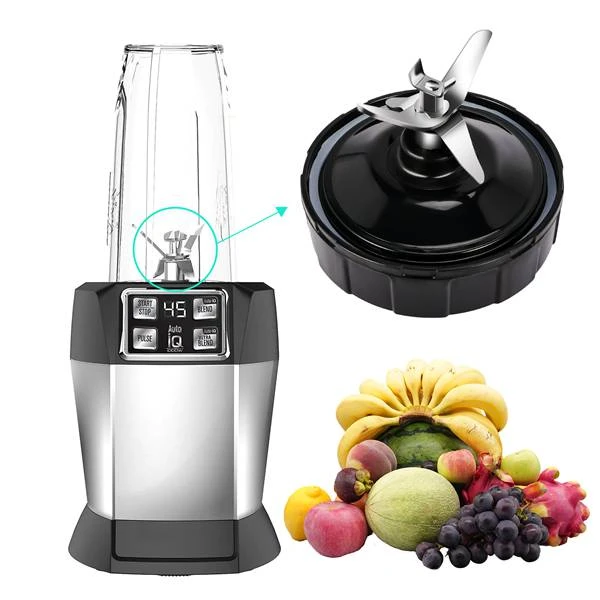
Safety Interlocks:
Container Size: Some models have sensors that detect the specific size or type of container being used. Ensure you are using a compatible container that matches the blender’s requirements.
Cleaning and Maintenance:
How Can Regular Cleaning and Maintenance Affect Blender Performance?
Neglecting regular cleaning and maintenance can lead to issues that affect the blender’s performance. Proper care can prevent some common problems.
Blade and Jar Cleaning:
Debris Removal: Disassemble the blender and thoroughly clean the blade assembly and jar. Food particles or residue can obstruct the blades and impede movement.
Deep Cleaning: Periodically deep clean the blades and jar using a mixture of warm water and a few drops of dish soap. Run the blender for several seconds to clean all areas, then rinse and dry thoroughly.
Base and Motor Cleaning:
Exterior Wipe Down: Unplug the blender and wipe down the base unit with a damp cloth. Avoid using excessive water, as moisture can damage electrical components.
Motor Vents:
Check for and clear any debris or dust from the motor vents to ensure proper airflow and cooling.
Troubleshooting Steps: What Specific Actions Can Help Diagnose the Issue with Your Ninja Blender?
If simple checks and cleaning don’t resolve the issue, further troubleshooting is necessary to identify the problem.
Power and Motor Issues:
Resetting the Motor: Some Ninja blenders have a reset button or an auto-shutoff feature that activates if the motor overheats. Allow the blender to cool down for at least 15 minutes, then try resetting it according to the user manual’s instructions.
Motor Smoke or Burning Smell: If you notice smoke or a burning smell, immediately unplug the blender. This indicates a serious issue, likely with the motor, and may require professional repair or replacement.
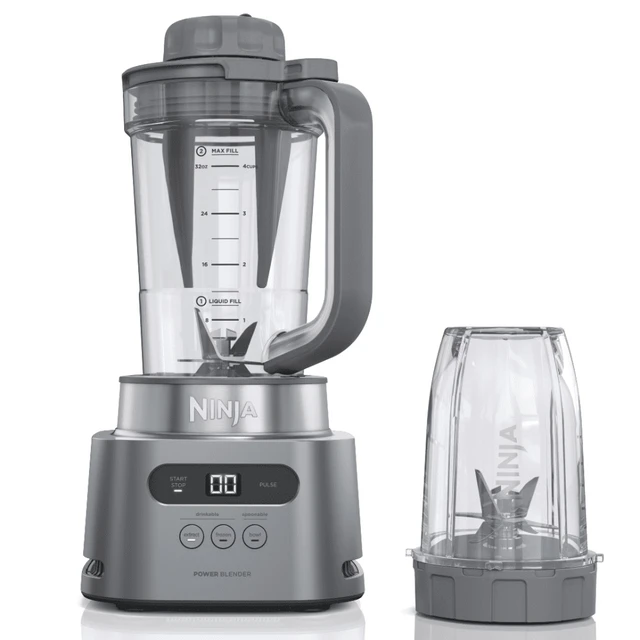
Functional Testing:
Testing Other Functions: If your blender has multiple speed settings or modes, test whether any settings work. If some functions are operational, the issue may be with the specific setting or button.
Intermittent Operation: Intermittent operation can indicate a loose connection or faulty wiring. Checking and securing any possible loose connectors may resolve the issue.
User Manual and Support: How Can the User Manual and Customer Support Assist in Troubleshooting?
Your Ninja blender’s user manual and the manufacturer’s customer support can be invaluable resources when troubleshooting issues.
Consult the User Manual:
Troubleshooting Guide: Refer to the troubleshooting section in the user manual. It often provides solutions for common issues and step-by-step instructions for resolving them.
Warranty Information: Check the warranty section of the manual to determine if your blender is still covered. Warranty information can guide you on steps for repair or replacement.
Contacting Customer Support:
Manufacturer Support: Contact Ninja’s customer support for assistance. Provide detailed information about the issue, model number, and purchase date. They can offer additional troubleshooting tips or arrange for repairs if necessary.
Online Resources: Visit the manufacturer’s website for updated FAQs, product forums, and instructional videos. These resources often address specific issues and provide visual guides for fixes.
Common Problems and Solutions: What Are Some Typical Issues and Their Fixes?
Understanding common problems and their solutions can help you diagnose and fix issues with your Ninja blender more efficiently.
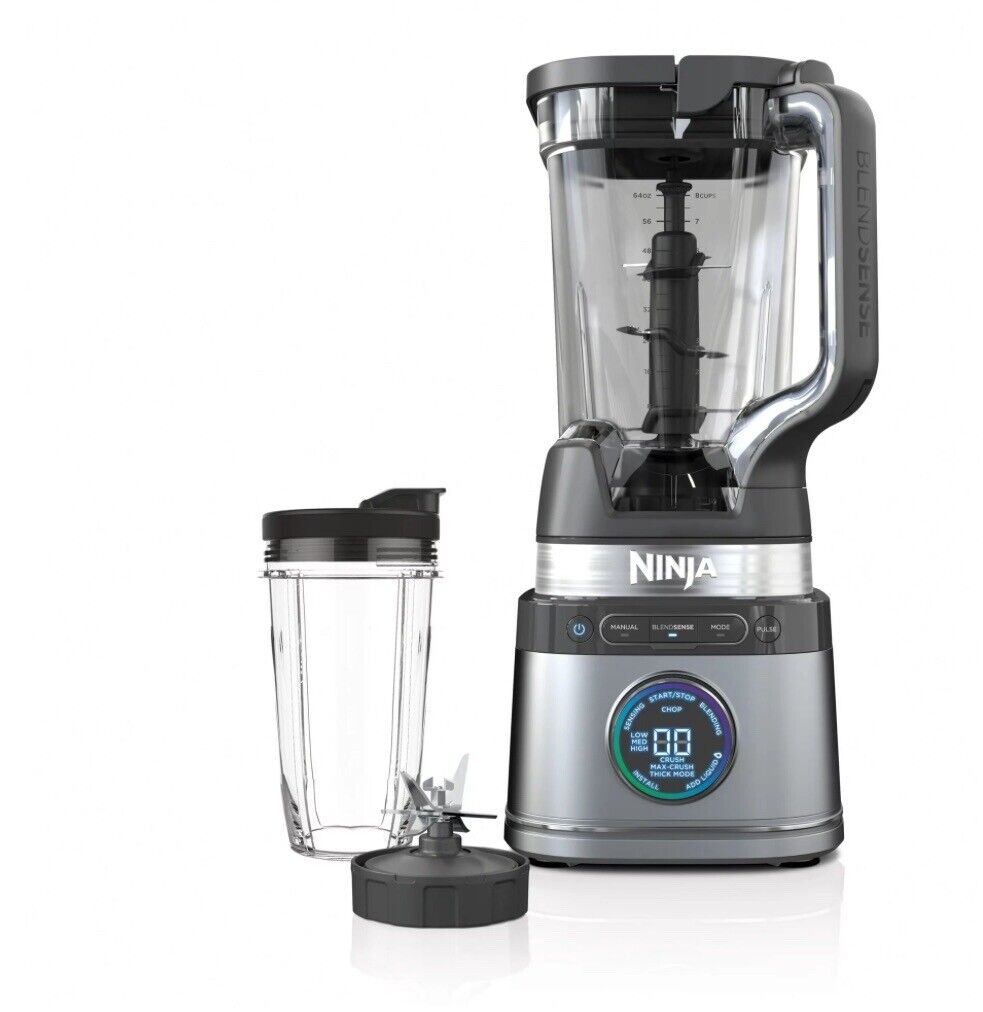
Blades Not Spinning:
Overloading: Overloading the blender with too much food can hinder blade movement. Reduce the amount of food in the jar and try blending in smaller batches.
Loose Blades: Check if the blade assembly is loose or improperly tightened. Securely fasten the blades and ensure they are properly aligned.
Leakage:
Seal Check: Inspect the rubber gasket and sealing rings for wear or damage. Replace any faulty seals to prevent leaks during operation.
Tightening Components: Ensure all components, such as the blade assembly and jar, are tightly secured. Loose parts can lead to leaks and reduced performance.
Won’t Turn On:
Safety Features: Confirm that all safety features are engaged. Ensuring the lid is locked and the jar is correctly seated may resolve the issue.
Electrical Issues: Check for any issues with the power supply, cord, or outlet. Replacing a damaged cord or using a different outlet can fix connectivity problems.
Overheating:
Rest Periods: Allow the blender to cool down between uses to prevent overheating. Continuous use without breaks can overheat the motor, causing shutdown.
Ventilation: Ensure the motor vents are unobstructed for proper airflow and cooling. Dust or debris can block vents, leading to overheating.
Preventive Measures: How Can Routine Maintenance Prevent Future Issues?
Routine maintenance can help prevent many common problems and extend the life of your Ninja blender.
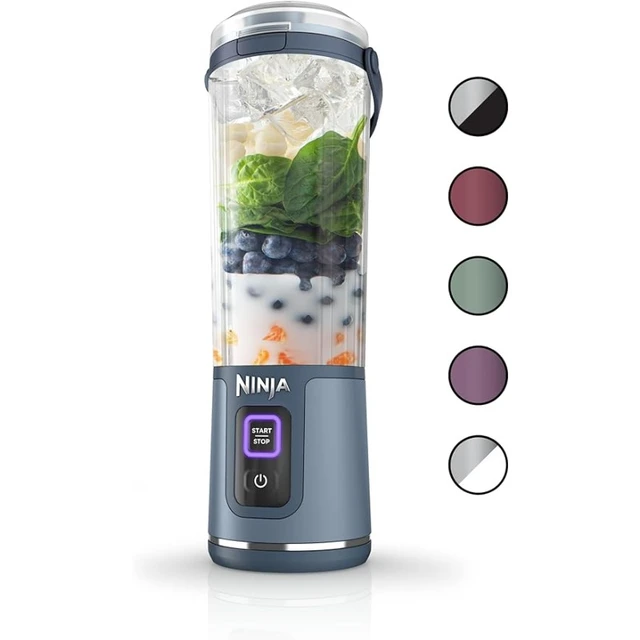
Regular Cleaning:
Post-Use Cleaning: Clean the blender components, such as the blade assembly and jar, after each use. Regular cleaning prevents food buildup and maintains performance.
Deep Cleaning: Periodically perform a deep clean to remove any residual food particles. Soak parts in warm soapy water and scrub thoroughly for optimal hygiene.
Component Inspection:
Wear and Tear: Regularly inspect components, such as blades, seals, and gaskets, for signs of wear. Replacing worn parts as needed ensures the blender operates smoothly.
Checking Connections: Ensure all electrical connections and components are secure. Loose connections can cause intermittent operation or malfunction.
Storage Practices:
Drying Before Storage: Ensure all parts are completely dry before reassembling and storing the blender. Moisture can cause mold growth and affect electrical components.
Conclusion
A Ninja blender that stops working can often be troubleshooted, fixed, and maintained with basic knowledge and practical steps. Starting with initial checks for power supply and assembly issues, progressing to cleaning and detailed troubleshooting, ensures a comprehensive approach to resolving the problem. Utilize the user manual and customer support for additional guidance. Regular maintenance and preventive measures can prevent future issues, ensuring your blender remains in optimal condition. Knowing when to seek professional help or consider replacement ensures you make informed decisions, maintaining the longevity and reliability of your kitchen appliance.